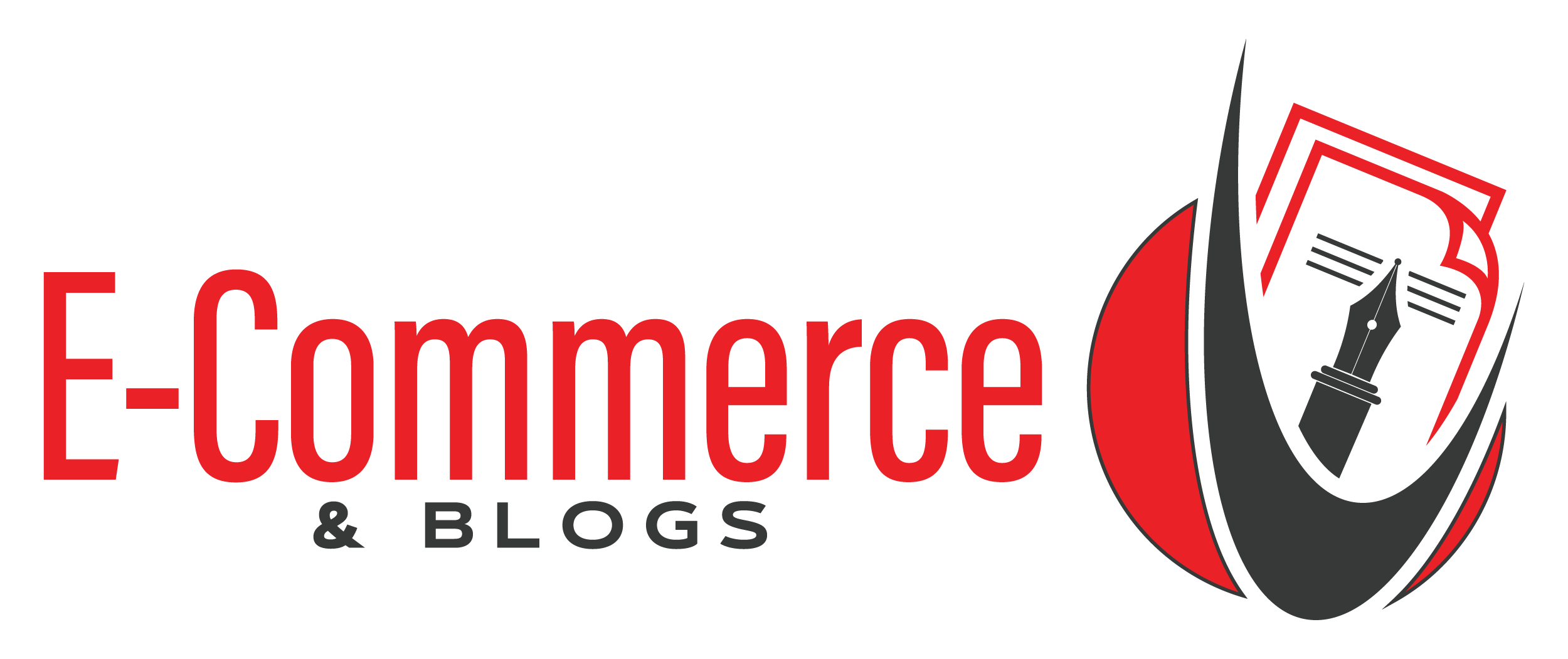In the fast-paced world of e-commerce, businesses are constantly seeking new ways to drive sales and engage with their audience. Blogging, often underestimated, can be a powerful tool in your e-commerce marketing arsenal. Blogging can enhance your brand’s visibility, build customer trust, and boost sales when executed correctly. Here’s a guide on how to leverage blogging effectively to promote your products and drive e-commerce sales.
1. Understand Your Audience
Before crafting blog content, it’s essential to understand your audience. Dive deep into your customer demographics, interests, and pain points. Create buyer personas to guide your content strategy. Knowing your audience will help you tailor your blog posts to address their needs, answer their questions, and offer solutions that align with your products.
2. Create Valuable Content
Quality content is king. Your blog should offer value to readers, whether through informative articles, how-to guides, or industry insights. Focus on creating content that solves problems or provides useful information related to your products. For example, write blog posts about cooking tips, recipes, or appliance maintenance if you sell kitchen appliances. Valuable content keeps readers engaged and encourages them to explore your products further.
3. Optimize for Search Engines
Search Engine Optimization (SEO) is crucial for driving organic traffic to your blog. Use keyword research tools to identify relevant keywords and incorporate them naturally into your blog posts. Focus on both short-tail and long-tail keywords related to your products. Optimize your meta descriptions, headers, and images to improve your blog’s search engine ranking and increase visibility.
4. Incorporate Product Reviews and Tutorials
Leverage your blog to showcase product reviews and tutorials. Write detailed reviews highlighting the features, benefits, and unique selling points of your products. Include customer testimonials and real-life use cases to build credibility. Tutorials and how-to guides can demonstrate the practical application of your products, helping potential customers visualize their benefits and encouraging them to make a purchase.
5. Utilize Visual Content
Visual content, such as images and videos, can enhance the appeal of your blog posts. Incorporate high-quality images of your products, infographics, and video demonstrations. Visuals make your blog more engaging and help potential customers better understand your products. Ensure that all visual content is optimized for SEO using descriptive file names and alt tags.
6. Promote Your Blog on Social Media
Amplify your blog’s reach by promoting it on social media platforms. Share blog posts across your social media channels, including Facebook, Twitter, Instagram, and LinkedIn. Use engaging headlines, captivating images, and relevant hashtags to attract attention. Encourage your followers to read, share, and comment on your blog posts to increase visibility and drive traffic to your e-commerce site.
7. Include Clear Call-to-Actions (CTAs)
Effective blogging for e-commerce involves guiding readers toward taking action. Include clear and compelling Call-to-Actions (CTAs) in your blog posts. Whether it’s a “Shop Now” button, “Learn More” link, or “Sign Up” form, ensure that CTAs are strategically placed and relevant to the content. CTAs direct readers to your product pages, promotions, or email subscriptions, driving conversions and sales.
8. Measure and Analyze Performance
To gauge the effectiveness of your blogging strategy, regularly measure and analyze performance metrics. Use tools like Google Analytics to track blog traffic, engagement, and conversion rates. Analyze which types of content perform best and adjust your strategy accordingly. Continuous monitoring and optimization will help you refine your approach and maximize the impact of your blogging efforts.
9. Engage with Your Readers
Encourage interaction by responding to comments and questions on your blog. Engaging with your readers builds a sense of community and trust. Addressing reader queries or feedback shows that you value their opinions and fosters a positive relationship. Consider incorporating user-generated content or guest posts to further engage your audience and diversify your blog’s content.
10. Stay Consistent
Consistency is key to a successful blogging strategy. Develop a content calendar and stick to a regular publishing schedule. Consistent blogging keeps your brand top-of-mind for your audience and helps maintain engagement. Regular updates also signal to search engines that your site is active, which can positively impact your SEO rankings.
Conclusion:
When approached strategically, blogging can be a powerful tool for driving e-commerce sales. By understanding your audience, creating valuable content, optimizing for SEO, and engaging with your readers, you can leverage your blog to enhance your brand’s visibility, build customer trust, and boost sales. Implement these strategies to make your blog key to your e-commerce marketing strategy and watch your sales grow.
Feel free to adapt these strategies to fit your business needs and goals. Happy blogging!




